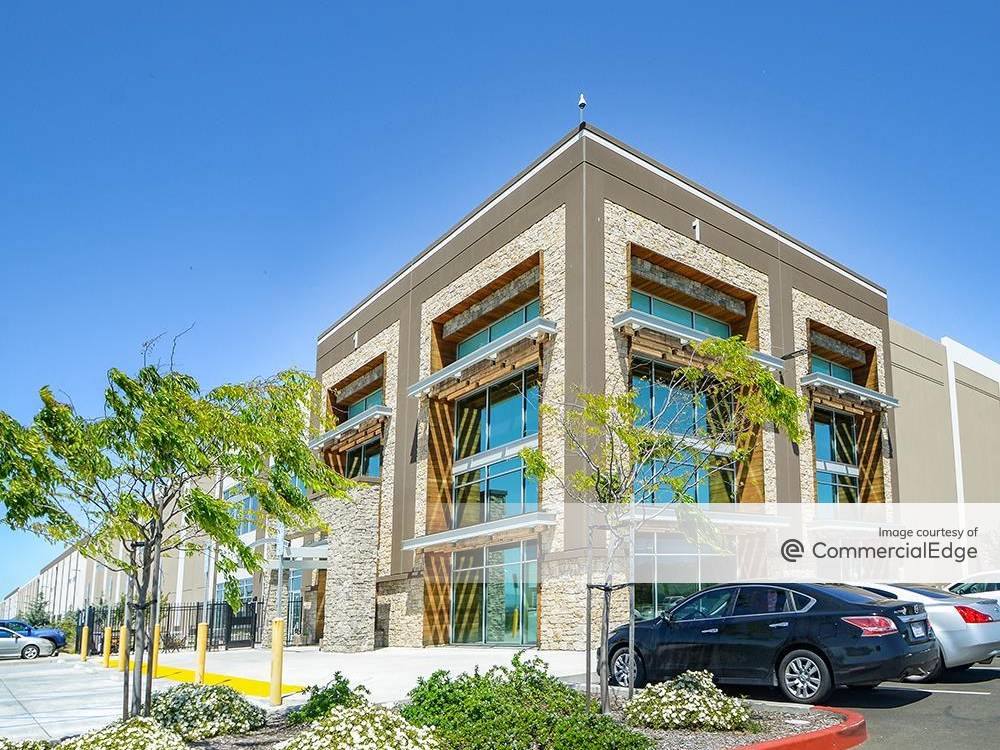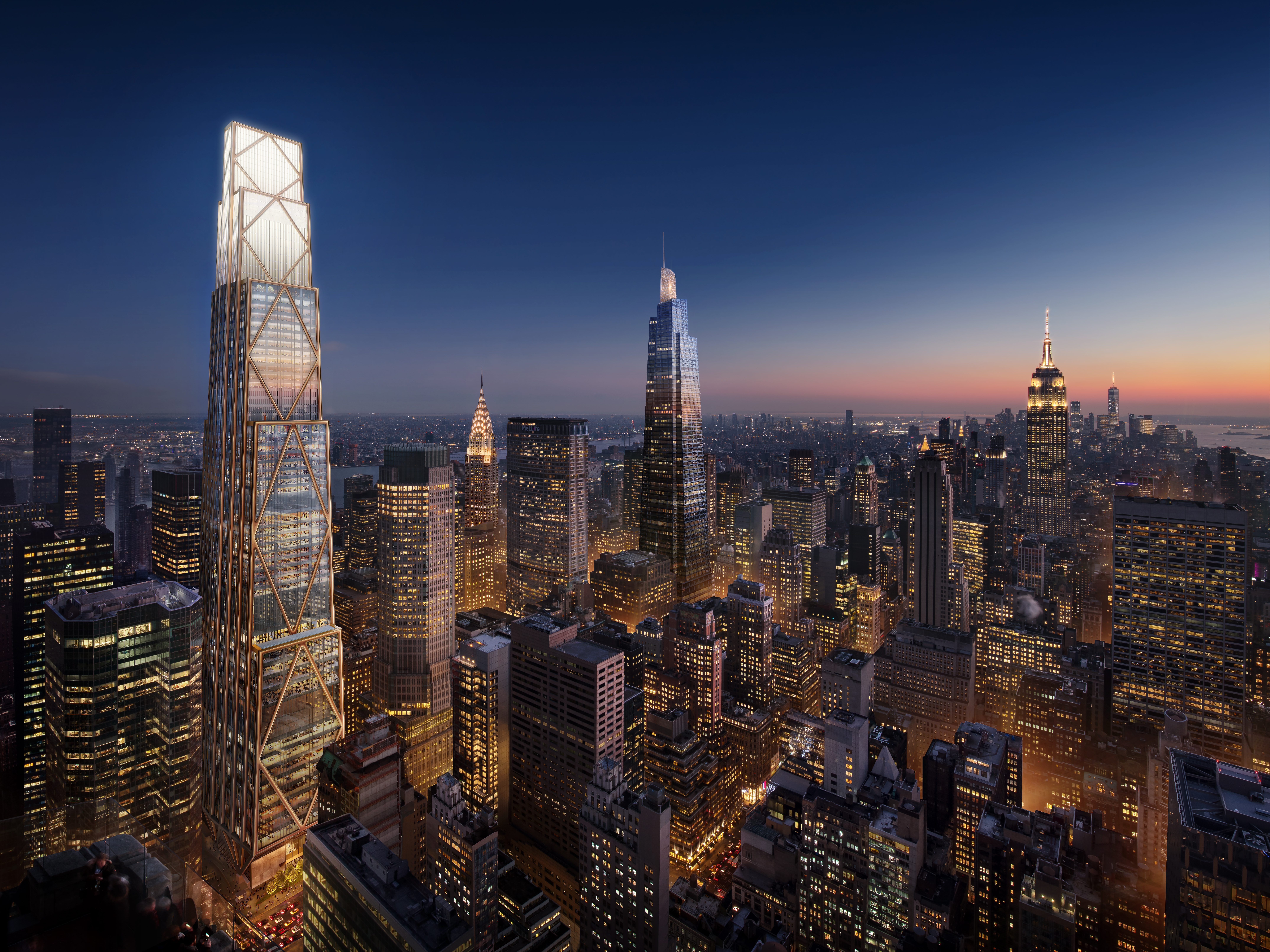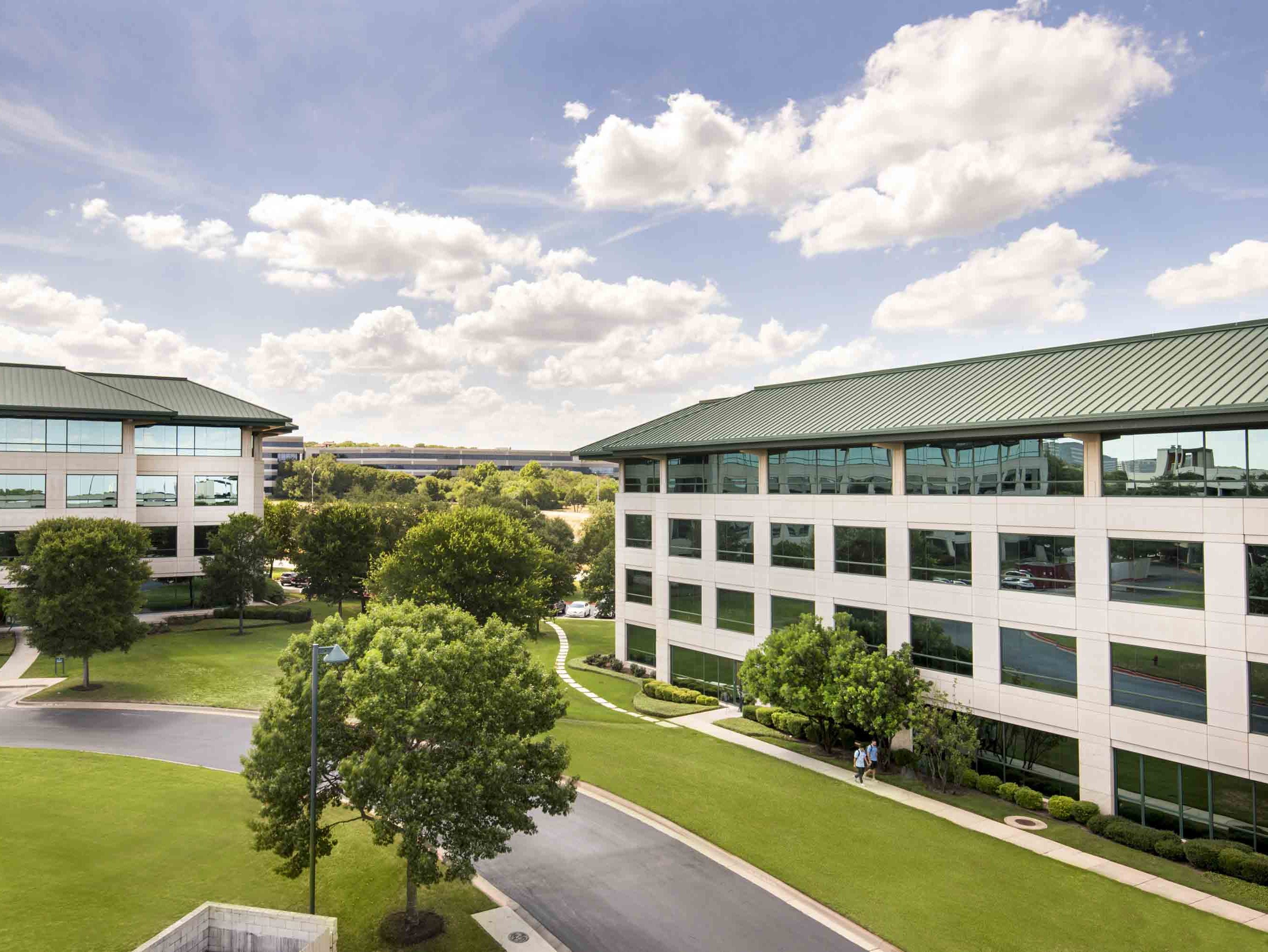E-Commerce Growth Still Drives Industrial Demand
Online sales jumped 66 percent from the first quarter of 2020 to the third quarter last year, the latest CommercialEdge industrial report shows.
 Following the e-commerce surge that occurred at the beginning of the pandemic, supply chains are still feeling the impact of the shock. Backlogs and bottlenecks were some of the major disruptors and although pressures have dissipated and e-commerce sales returned to normal, finding industrial space in key places such as port and logistics markets continues to post a challenge.
Following the e-commerce surge that occurred at the beginning of the pandemic, supply chains are still feeling the impact of the shock. Backlogs and bottlenecks were some of the major disruptors and although pressures have dissipated and e-commerce sales returned to normal, finding industrial space in key places such as port and logistics markets continues to post a challenge.
CommercialEdge expects e-commerce growth to continue to drive industrial demand in the short- and long-term, though it will not reach 2020 levels again, and a potential recession is unlikely to reduce e-commerce sales volume in the foreseeable future.
READ ALSO: Trends That Will Shape Industrial Real Estate in 2023
National in-place rents for industrial space averaged $7.0 per square foot at the end of November, according to CommercialEdge data. Average rents increased by 650 basis points year-over-year and five cents month-over-month. Rent growth throughout the last 12 months was led by port markets including the Inland Empire (13.1 percent increase), Los Angeles (10.7 percent) and New Jersey (8.9 percent).
The national industrial vacancy rate was 3,8 percent in November, decreasing by 20 basis points from the previous month. Even though 2022 saw record amounts of new supply delivered, the vacancy rate continued its downward trajectory all year long. Southern California, logistic hubs and coastal markets had the tightest vacancies, with Nashville (1.2 percent), the Inland Empire (1.3 percent), Columbus (1.7 percent) and New Jersey (2.0 percent) leading the way in this aspect.
Active pipeline concentrated in top markets
Nationwide, the under-construction pipeline featured 742.3 million square feet of industrial space at the end of November, representing 4.2 percent of existing stock. Factoring in planned projects pushes the rate to 8.0 percent of existing stock. Demand for new industrial space continues to be high despite economic uncertainty, with pre-leased properties with strong tenants dominating the active pipeline.
According to CommercialEdge, half of the new supply is concentrated in only 18 markets. As of November, the markets with the largest pipelines on a percentage of existing stock basis were Phoenix (52.5 million square feet under construction, 17.5 percent of stock), Dallas-Fort Worth (62.6 million, 7.3 percent) and Indianapolis (22.8 million, 6.8 percent). Meanwhile, industrial sales volume year-to-date as of November amounted to $78.8 billion.
Read the full CommercialEdge report.







You must be logged in to post a comment.